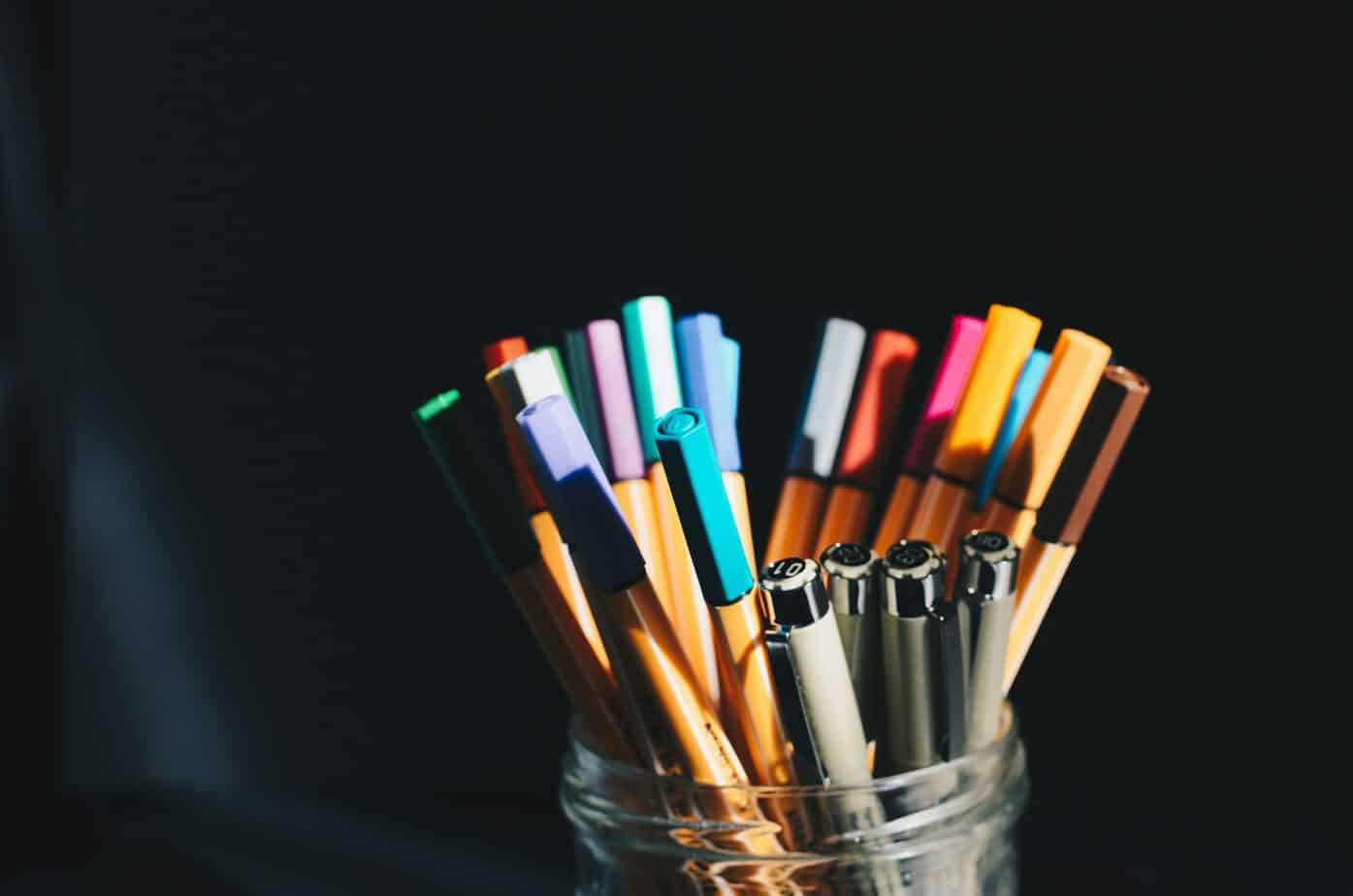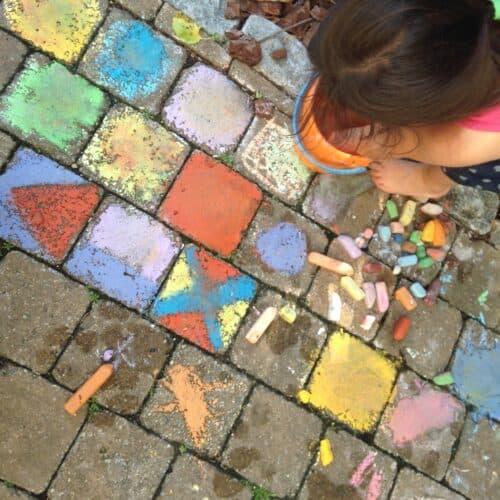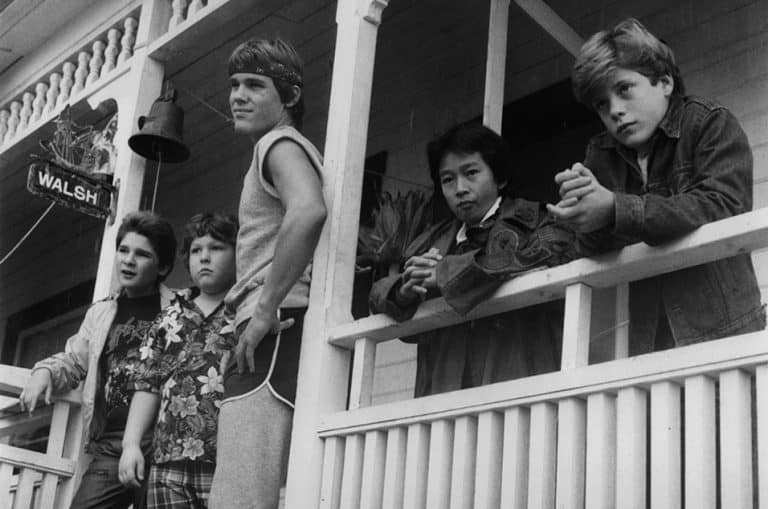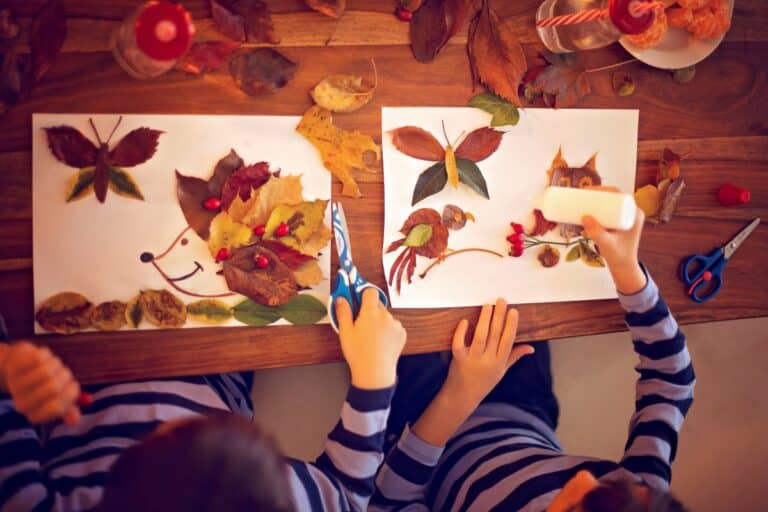How to Enjoy Art With Kids

"Art is everywhere around us!" You can't agree? Josie Ortega shares lessons learned on how to incorporate creative art invitations into family life and how to enjoy art with kids.
Are You an Artsy Mom?
Trick question! You don’t have to think of yourself as an artist or an artsy person to be able to enjoy art with your kids.
Art Is for Everyone.
I’d classify myself as an "art appreciator" but not an “artist.” My friend Amy helped me to see that I need not be a so-called artsy mom, much less a professional artist, to enjoy and embrace the benefits of creativity with my family.
In her workshop on art with kids, Amy spoke about her relationship with a childhood friend and later with her own daughter, who were both obviously natural, gifted “makers.” Because those two were definite capital-A Artists, Amy felt the freedom to enjoy their art and her own without a sense of competition.
That might sound counter-intuitive, but the recognition that you don’t have to be the best at something fosters a healthy growth mindset for both kids and parents. We’re free to create and experiment and learn without pressure.
We humans all enjoy the soul-satisfying process of making something. As Clairee says in Steel Magnolias: “The only thing that separates us from the animals is our ability to accessorize.”

Art Is Therapy
As people who are all wired to create in some way, we shouldn’t be surprised at all the benefits art offers!
Amy outlined numerous ways that art nourishes kids and adults:
- Doing something with our hands grounds us in the present moment.
- Art allows us to practice letting go of control over the outcome. So very true, when kids are involved.
- Art heals! Art can be an entry point to access and heal the trauma that’s stored in the right brain.
Enjoy the Process of Art with Kids.
How can we get into this delightful, refreshing art space? Because at my house, the dried out markers and bits of crayon and spilled glue make me want to scream! The mess kills me.
Amy offered wise big-picture advice, as well as specific ideas.
First of all, she pointed once more to freedom. “You don’t have to be like me,” with an elaborate yarn-and-paper clip garland festooning their entire apartment, she said. You might decide that certain supplies are always available and unlimited, while others come out only at a designated time of your choosing.
Also, it’s good to recognize that the therapeutic art that Amy described differs from projects that our kids might bring home from preschool. If every child’s artwork looks the same, that project served a different purpose: maybe following directions, tracing a letter, learning shapes, or focusing on small motor skills.
At home, Amy recommends going for art experiences that are:
- process-oriented
- open-ended
- do-able.

Recommended Supplies for Art With Kids
Here are some of Amy’s favorite art supplies to stock at home:
- Trays
- Scissors
- Tape
- Glue
- Pipe cleaners
- Something moldable, like play-doh, kinetic sand, or air-dry clay
- Watercolors
- Pastels (both oil and chalk)
- Markers
- Tempera paints
- Sharpies
- Yarn
- Good paper or card stock
- A bucket of water and towel, or an accessible sink.
Trays top Amy’s list—she’s so smart. They provide a simple way to limit and contain the materials your young Picassos are working with at a given time. When your art project needs to take a time out in order to set the dinner table, you and the kids can put everything back on a tray, even a baking tray or cookie sheet. Slide it onto a shelf elsewhere, and bring it back out tomorrow.

Project Ideas for Art With Kids
Think of these, in Amy’s words, as “art invitations”:
- Place a tray with washi tape and toilet paper tubes.
- Place a tray with play-doh, toothpicks, and cheerios.
- Take sidewalk chalk and spray bottles full of water outside.
- Place a tray with pasta, paint, and yarn.
- Place a how-to-draw book from the library on the table with paper and pen.
Pipe cleaners and beads . . . lids, bottle caps, and glue . . . find your favorite combinations!
Art Doesn’t Have to Last Forever.
Repeat it to your kids so it’s normal. Art doesn’t have to last forever. When we embrace this process-oriented, open-ended art time, we’ll get more comfortable with keeping some projects but letting go of most.
To simplify art/paper organization, Kendra Adachi recommends having a box for art—from school, from home, or wherever. When it’s full to overflowing, go through, recycle, send scrap paper back to the paper stack for future use.
You can ask kids, “Do you want to add anything to this? Or are you finished with it?”
For any gems that you want to save for posterity, move them to that [clearly labeled and well-organized, I’m sure] storage bin under your bed.
More Art Storage Ideas:
What else to do with all those masterpieces?!
- Three-hole punch, pop into a binder for each child. (We haven’t tried this, but I can see my oldest daughter being super into it.)
- One of my friends plans to frame one piece of art by each child, each school year to eventually fill a large wall in their home. What fun to watch that gallery wall grow over the years! Knowing that you’re preserving favorite art with a plan like this will help you feel the freedom to get rid of excess.
- Use holiday art to label seasonal boxes. You’ll be flooded with nostalgia when you get out the Christmas decorations next year.
- Send art to relatives. Share the love! What you would trash might be displayed in a place of prominence on your great aunt’s refrigerator.
You Already Are the Artsy Parent.
You didn’t even realize it! Enjoy the process of getting messy with your kids—not to mention the satisfaction of putting away all your supplies neatly on a tray when time is up.
Visit Sparrow and Sea to learn more about Amy Rowe’s design work and the art experiences she creates for groups.





